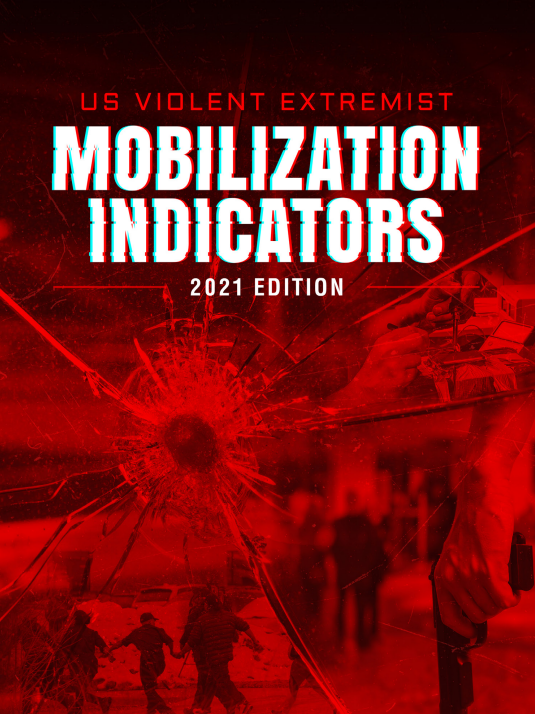By Kars de Bruijne Clara Gehrling
t is generally accepted that violent extremism is a problem in northern Benin. Currently, attention is overwhelmingly devoted to northern Alibori and western Atacora and this problem is viewed as a ‘spillover’ from the Sahel.
But this is only part of the story.
This report points to a number of disturbing signals which, in combination, point to a problem of violent extremism along Benin’s border with Nigeria.
1.
Suffocating canaries in coal mines indicate dangerous levels of carbon monoxide. A variety of strange signals in Northern Benin along the border with Nigeria are like these canaries: they point at dangerous liaisons between violent extremist groups. Closer relationships with bandit groups seem to facilitate this. This report makes the following observations:
−
Banditry is re-emerging in JNIM’s zones of operation in Benin. Those bandits seem to have Nigerian connections.
−
Violent extremists are present in Kainji Lake National Park (Nigeria) just across the border from the Borgou Department. Evidence suggests this involves Sahelian extremists (likely JNIM). Another group would be Darul Salam – a group linked to Boko Haram, if not fully affiliated – with an open attitude towards bandits.
−
There has been a strong increase in the movement of unidentified armed actors along the Borgou border with Niger State and in banditry-related incidents since March 2023. The evidence suggests that there is a direct link with those operating in Kainji Lake National Park.
−
Since March 2023, unidentified armed groups have had a concealed presence in the Forêt de Trois Rivières between southern Alibori and the Borgou Department.
−
Bandits and unidentified armed groups are known to move towards Kebbi State from Sokoto. It is alleged that these include various Darul Salam fighters with links to the Sahel.
2.
There are deep connections between North West Nigeria and North East Benin due to longstanding social, ethnic and religious connections, particularly in the former ‘cross-border’ Borgu Empire:
−
The northern-most border area (North East Alibori and Kebbi State) sees intra-ethnic cross-border connections between the Hausa and the Nigerian Zamfara Fulbe respectively. A risk in this area are ethnic tensions between the Hausa and the Fulbe.
−
The area of the former Borgu Empire (Borgou Department and Niger State) has a distinct cross-border political entity. On both sides of the border, people tend to identify as one Bariba/Boo community with shared customary institutions. There are high farmer-herder tensions involving autochthonous Fulbe. There is also a fear of kidnapping by Zamfara Fulbe.
−
Another risk in the former Borgu Empire concerns the Dambanga hunting groups. These groups operate cross-border in defiance of a Benin government ban but are pitched against extremists in Kainji and have been used by the Nigerian military. This discrepancy can generate tensions between the two countries.
−
Two non-violent reformist movements – the Yan Izala movement and the Jama'at Tabligh – are present along the border. Their reach has grown strongly in the border area of Northern Benin during the last ten years.
3.
A well-developed cross-border trade system operates between the Nigerian and Beninese border. This system generates livelihoods for many people in the area. Livelihoods are at risk:
−
There is a variety of markets and crossings connecting North West Nigeria and Northern Benin. Unidentified armed groups and Darul Salam operate in these hubs.
−
People’s livelihoods are highly dependent on cross-border trade. Interviews revealed frustration and a strong sense of grievance towards both Nigerian and Beninese government policies that are perceived to put livelihoods under stress.
−
On the one hand, consistent problems reported are a ban on cereal exports and soybeans, and accompanying border restrictions. Both have a negative impact on livelihoods.
−
On the other hand, the end of fuel subsidies in Nigeria at the time of research for this report had a severe impact on people’s livelihoods (and on communities in general).
4.
The above three main observations suggest that a very problematic situation is emerging along the Nigerian-Benin border. Not only are there numerous indications of extremist activities and a link between bandits and extremists along the border but also there are clear social links that facilitate cross-border exchange and real livelihood needs that create vulnerabilities to recruitment. The governments of Benin and Nigeria urgently need to move into action. Three things could be done:
−
Coordinate and step up the military response by: revamping regional security cooperation within ECOWAS (Economic Community of West African States); bilateral security cooperation for hot-pursuit, intelligence sharing and coordination; and a joint strategy for cross-border hunting groups.
−
Prioritise people’s livelihoods. This should involve cushioning livelihood effects of the ban on cereals (and cutting of fuel subsidies) to reduce vulnerability to recruitment.
−
Be more flexible and agile to respond to rapidly changing context by closely monitoring border markets for sudden vulnerabilities, and demanding more flexible donor programming and funding so that programming can be really flexible.
The Hague: Clingendael, 2024. 80p.





















